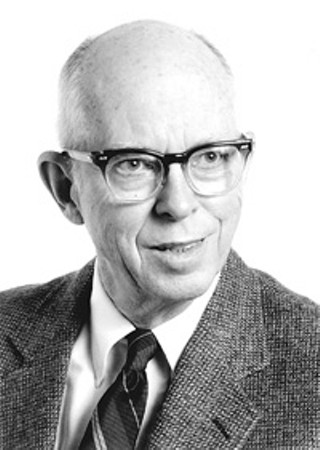by Jarrett Hoffman
IN THE NEWS:
The Cleveland Orchestra Youth Orchestra and music director Vinay Parameswaran have announced details about the 2021-22 season, marking the ensemble’s return to performing in person. The three-concert series begins on November 21 with works by Joan Tower, Howard Swanson, Aaron Copland, and Antonin Dvořák. Concerts in February and May will also include the Cleveland Orchestra Youth Chorus. Individual tickets are on sale now.
Did you catch the Browns yesterday? The end result might not have been ideal, but the beginning (at least in person) offered up the opportunity to hear the national anthem sung by the beloved baritone Brian Keith Johnson. A ubiquitous presence onstage in Northeast Ohio, and beyond, Johnson is also in his 32nd year teaching in Akron Public Schools. APS has proudly shared the audition video that earned him the Browns gig. Watch here.
And as of November 15, Early Music America will have its sixth Executive Director: David McCormick. He previously served in that position with Shenandoah Valley Bach Festival and Charlottesville Chamber Music Festival, and is also artistic director of Early Music Access Project and a founding member of the Medieval ensemble Alkemie.
Also of note: a fellowship awarded to him last year by the Robert H. Smith International Center for Jefferson Studies to investigate the repertoire of free and enslaved Black musicians associated with Monticello, culminating in ongoing concert and web series.
“I’m thrilled for this opportunity to lead Early Music America and look forward to advocating on behalf of our membership and our entire field,” McCormick says. “Whether you are an aspiring student musician, a dedicated amateur, a seasoned professional, or an avid concertgoer, I want EMA to be a place where your voice is heard and your work is supported.”
INTERESTING READ:
Facial coverings have been key not only in fighting the pandemic but also in the return to the stage. However, they present a bit of an obstacle to anyone who makes music with their vocal cords. Read an article from CBC News about soprano/conductor Joan Fearnley, who, fed up with trying to sing while wearing other masks, decided to design one especially for vocalists — and choirs across the world have been grateful.
TODAY’S ALMANAC:
English art song composer Roger Quilter (born on this date in 1877) and German composer Hugo Distler (died on this date in 1942) have both been featured in earlier editions of our almanac here and here. One newcomer is American composer Kent Kennan, who died on November 1, 2003 in Austin, Texas, where he had spent the majority of his career on the faculty of UT — though he also taught briefly at Kent State and Ohio State.
Kennan’s best-known work is the widely performed and widely recorded Night Soliloquy, written in 1936 — a special year for him, given that it also marked his graduation from the master’s program at Eastman (where he studied with Howard Hanson) and his Prix de Rome.
Night Soliloquy was originally written for flute and string orchestra, a version you can hear on YouTube in an important performance of the work: by Arturo Toscanini and the NBC Symphony in 1943 (the soloist goes named). It was later transcribed with piano accompaniment, and with wind ensemble — listen here from flutist Denis Bouriakov and pianist Ji-Yoon Kim, and here from flutist Betsy Hill and “The President’s Own” United States Marine Band, led by Jason K. Fettig, where the clarinets of the band beautifully capture the timbre of the mysterious, pulsating opening.
It’s interesting to compare that piece, which displays the Romantic and Impressionist influences from early in Kennan’s career, to another well-known work from later on: his Sonata for Trumpet and Piano (1956, rev. 1986), which conveys a clear admiration for the Hindemith strain of neo-classicism.
Cleveland Orchestra trumpeter Jack Sutte joined with his BW colleague, pianist Christine Fuoco, in advocating for the piece in their recent album Mettle: SonataPalooza I – Vol. I. The variety of compositional tools and moods evident in the work have lent it a wide appeal, both among students and professionals. Those aspects also serve as an excellent proving ground for a trumpeter to display several virtues of their playing, as Sutte does in the recording, showcasing, as we wrote in our review, “melodic grace,” “punchy articulations,” “smooth legato,” and a “spectrum of tone colors, from razzle-dazzle to warmth.”
Kennan’s legacy as a teacher of composition and theory is equally strong. If you’ve ever studied those topics, you may well have encountered his books Counterpoint and The Technique of Orchestration.
Pieces of music that continue to be played, pieces of text that continue to be read — for the creatively talented, there are indeed many ways to defy death.
COYO photo by Roger Mastroianni, courtesy of The Cleveland Orchestra.




